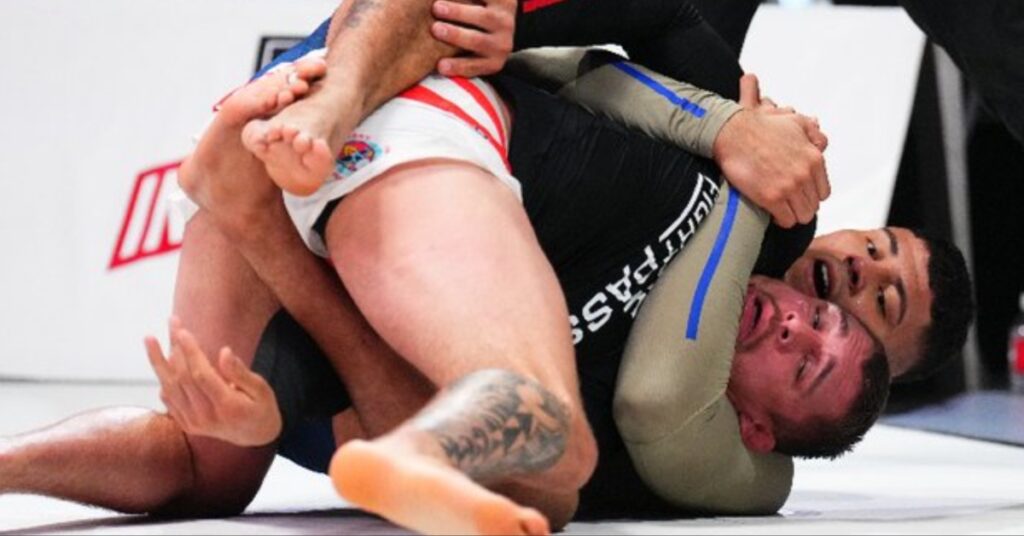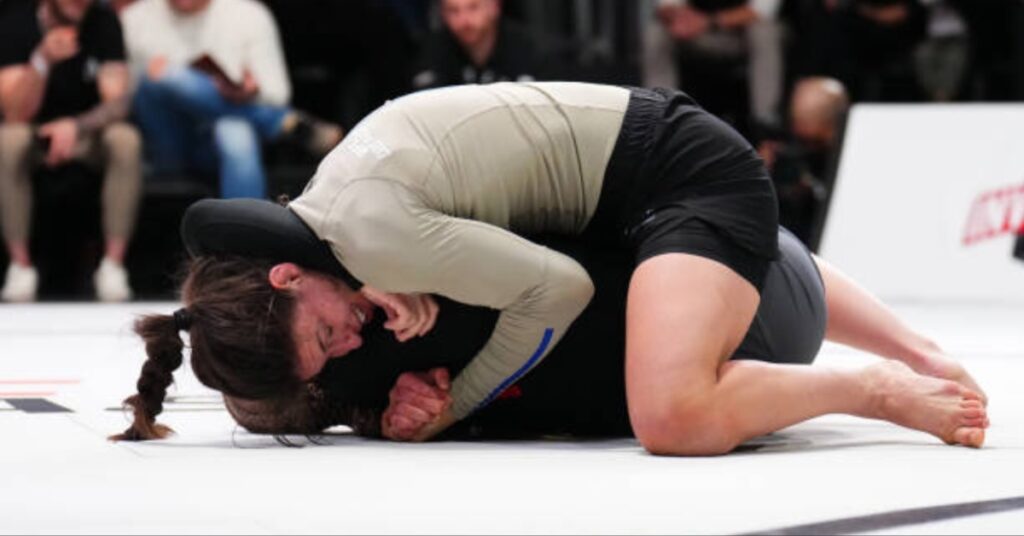Confusing the Enemy: What MMA Needs to Learn From the Precedent of Boxing

(“So if you win, your salary doubles from $22,000 to $44,000? And if it’s the best fight on the card, they give you a $50,000 bonus? Wow. That’s adorable, man.”)
By Brian J. D’Souza
Floyd Mayweather Jr.’s record $41.5 million guarantee for facing Canelo Alvarez in September elicited a series of reactions from the MMA community. Some fighters like Tito Ortiz made ridiculous comparisons (“What am I doing different from [Floyd Mayweather Jr.]?”). Others, like current UFC light-heavyweight champion Jon Jones knew it was more politically expedient to downplay any direct comparison between revenues in boxing and MMA (“Boxing has been around over 100 years…The foundation is set and the money is there. MMA is so new.”). But the question looms large — why is it that boxing can boast stratospheric paydays whereas MMA’s purses are deliberately obscured from public knowledge?
We could talk about the structure of modern boxing where there is competition between promoters (Bob Arum, Golden Boy, etc.) and TV networks (HBO, Showtime, etc.), which drives boxing purses up. Or we could focus on the formula for self-promoting fights that Oscar de la Hoya and Floyd Mayweather Jr. derived tremendous benefit from. The fact remains that with its limited 20-year history, MMA has much more in common with the monopolistic and mafia-controlled boxing of the 1950s and ‘60s than it does with modern boxing.
What the industry tends to ignore is that the passage of time is not what leads to progress. It was five years ago in 2008 that Jon Fitch was tossed overboard by the UFC for refusing to sign away his likeness rights away in perpetuity. While managers and fighters could have drawn a line in the sand, squared up with Zuffa and said “You’ve taken enough from us,” their response to the likeness rights situation was completely muted.
“That wasn’t a battle we chose to fight. All of our guys agreed,” said American Top Team president Dan Lambert.
Thus, the precedent was set. MMA managers acting out of fear negotiated with the UFC by giving up something in exchange for nothing.
*****
Boxing was corrupt in the ‘50s — the mafia having gained control of the industry during the prohibition of the sport from 1830 to 1920 — and most fighters were simply objects to be used and discarded. (Of many available examples, 110% of Joe Louis’s purses were committed to other people, and the IRS still needed to be paid on top of that).
There were still people who pushed back, playing the dicey game of making certain compromises while maintaining a larger strategic aim. One such man was legendary trainer Cus D’Amato, understood to be the driving force behind world champions Floyd Patterson, Jose Torres and Mike Tyson. In Confusing the Enemy: The Cus D’Amato Story, a new biographical novel by Scott Weiss and Paige Stover, the strategy and tactics of D’Amato throughout different eras of boxing are explained — ideas that still apply to the embryonic mixed martial arts game today.
From 1949 to 1958, the International Boxing Club (IBC), led by Jim Norris, ruled the major divisions of boxing. From fixing matches to slicing and dicing up the fighter’s purses, Norris and the IBC ruled the roost with the compliance of shadowy organized crime figures in the background.
As Cus D’Amato groomed Floyd Patterson to be heavyweight champion of the world, he avoided opponents who were controlled by the IBC. Jim Norris of the IBC wanted a 50% interest in Floyd Patterson in exchange for headlining cards at Madison Square Gardens; D’Amato had no interest in serving Patterson up to the IBC on a silver platter.
Fortuitously, the New York State Athletic Commission (NYSAC) and the US Senate began putting heat on the IBC. D’Amato walked into Jim Norris’s office for a sit-down to get Floyd Patterson the big fights he deserved: “By keeping this fight out of the Garden and off of network television, we’re both leaving money on the table…How long are we gonna keep this up? Neither of us is getting where we wanna be.”
D’Amato and Norris worked out a compromise, but it was clear that the IBC was losing ground. When Rocky Marciano vacated the heavyweight title, D’Amato used the hard sell — bluffing a potential Patterson-Marciano fight with another promoter — to negotiate for Patterson to fight for the world title in November of 1956 for the staggering sum of $150,000. Eventually, the IBC was declared a monopoly by the courts and ordered dissolved.
D’Amato had earned scorn for opposing the IBC monopoly because his tactics kept both Floyd Patterson and Jose Torres inactive or facing unranked opponents. In the end, however, he prevailed, not just in that both Patterson and Torres became champions, but because in retirement, their careers extended beyond boxing: Patterson became chairman of the NYSAC and Jose Torres a respected writer and author.
*****
With the right representation at the right time, a talented MMA fighter can secure a better deal. PRIDE champion Fedor Emelianenko went from earning paltry purses of $15,000 to $20,000 under Russian Top Team manager Vladimir Pogodin to clearing $200,000 per fight plus win bonuses throughout 2004 thanks to agent Miro Mijatovic.
Fedor had been unhappy with Pogodin for quite a while, as Pogodin had been skimming money off the top. Mijatovic promoted Fedor’s fight against Yuji Nagata at Inoki-Bom-Ba-Ye 2003, giving Fedor a purse of $150,000. PRIDE was so terrified of the prospect of losing their heavyweight champion — and more importantly, the threat of competition from a new promotion — that the yakuza (organized crime) who ran PRIDE held Mijatovic hostage at gunpoint in order to extort the rights to Fedor of him.
Throughout 2004, Mijatovic was part of the management team that guided Fedor to record purses ($200,000 per fight plus win bonuses) and the PRIDE Heavyweight Grand Prix title. When the PRIDE brass attempted to bribe Mijatovic at the end of 2004 in order to control Fedor’s earnings, he refused and was dumped from Fedor’s management team by Vadim Finkelstein. The rest of this story, including PRIDE’s demise is, as we say, history.
The lesson throughout eras in combat sports is simple — when you control the consensus heavyweight champion, you can control the sport. This was not lost on Cus D’Amato, and it certainly wasn’t lost on Miro Mijatovic.
*****
Just about the only force that can reform MMA involves government intervention, the same way the US Senate investigated boxing. California attempted change in 2012 through Assembly Bill 2100, which was designed to prevent promoters from claiming unreasonable future merchandising rights, prevent unreasonable restrictions on fighters’ seeking outside sponsors and prohibit other onerous contract provisions.
While the legislation was doomed from its inception due to a variety of factors, the anti-AB2100 speakers are worth noting because of what they tell us about the current MMA landscape. Ronda Rousey adopted Zuffa’s stance and spoke out against the bill due to the simple matter of self-preservation: In 2012, she was champion in the sinking ship known as Strikeforce; in 2013, she became the champion of the newly-created women’s bantamweight division in the UFC. Matt Hughes, who spoke positively about Zuffa’s influence on the sport to the California Assembly, was rewarded for his loyalty by being hired in January 2013 as the UFC’s VP of Athlete Development & Government Relations.
The Federal Trade Commission’s investigation into Zuffa’s acquisition of Strikeforce fared no better than AB2100, with the case being closed in February 2012. It’s hard to believe that the Feds got a clear picture of the current MMA scene — limited leverage for negotiation; zero transparency into a promotion’s financials; no legit rankings for organizational titles; and no agency on the part of fighters no matter how big they are.
The irony is clear: Name brand Zuffa fighters with the most to gain from Federal intervention into MMA are conditioned from all sides to maintain a code of silence that diminishes their position.
*****
When Cus D’Amato first met 13-year old Mike Tyson, he was clear about his vision for Tyson’s future, “If you listen to me, I can make you the youngest heavyweight champion of all time.”
In an excerpt from Mike Tyson’s new autobiography Undisputed Truth, Tyson reminisced on how D’Amato began conditioning him to overcome his fears, “Fear is the greatest obstacle to learning,” D’Amato tells him. “But fear is your best friend. Fear is like fire. If you learn to control it, you let it work for you. If you don’t learn to control it, it’ll destroy you and everything around you.”
Tyson overcame his fears to win the undisputed heavyweight title. No one knew better than Cus D’Amato that having the premier heavyweight in boxing meant that D’Amato could change the way the game was played, just as he had done before with Floyd Patterson. Tyson’s management team of Jim Jacobs and Bill Cayton helped solidify his financial status behind the scenes. But when Cus D’Amato and Jim Jacobs passed on, Tyson was rudderless in rough seas and succumbed to the vile influences of boxing, including Don King’s machinations.
Today, of course, the lessons from those bygone eras of boxing have been lost on today’s MMA fighters and managers. Instead of building up a fighter from the ground-level with emotional intelligence and a strong sense of self-worth, we see Ronda Rousey insecure to the point where she believed she’d be cut from her coaching gig on The Ultimate Fighter. We have Georges St-Pierre delicately trying to articulate his feelings about not being supported by Zuffa for attempting to get Johny Hendricks to go through with the VADA drug testing Hendricks had already agreed upon. We see Jon Jones being thrown under the bus by the Zuffa brass over the cancellation of UFC 151 in a way that diminished his market value by inciting the fans to further hate him.
Fighters and managers might win battles like getting a women’s division in the UFC or Jon Jones (supposedly) out-earning his NFL brothers, but they have lost sight of the war. In another five years, the only difference will be the influx of many new contenders to push out the current crop of Zuffa fighters, the same way Jon Fitch and Yushin Okami were kicked to the curb in 2013.
Instead of waiting for the sky to open up and the gods to bestow change upon the MMA landscape, fighters and managers have to look at ways to organize and start pushing back in a strategic manner at the right junctures. If more men like Cus D’Amato come along, they can outfox and out-hustle the dark forces of the industry, perhaps improving the sport (or forever changing it, as Miro Mijatovic did with PRIDE) for generations to come.
********
Brian J. D’Souza is the author of the recently published book Pound for Pound: The Modern Gladiators of Mixed Martial Arts. You can check out an excerpt right here.






